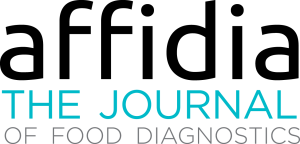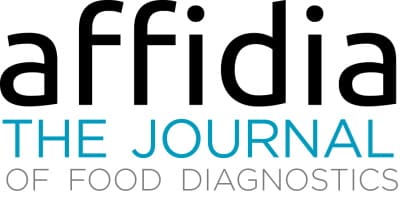Food allergies: some epidemiological data
Do we know how many people suffer from food allergies?
The socio-economic impact of food allergies
Allergy-related health loss is estimated to be of the same order of magnitude as prostate cancer or rheumatoid arthritis and it may be more severe than that of heart disease, skin cancer, or Parkinson’s disease (Houben 2019). Patients and their families may also face additional costs and public health care systems pay the costs for related emergencies and hospitalizations. FAIRHealth (www.fairhealth.com), an American organization that studies the insurance market, reports that the annual per person cost of a milk allergy was about 2000 US dollars (only for medical services). A 2013 study (Gupta et al. 2013) reports that the total annual cost of food allergies affecting the child population is around US $25 billion in the US.
What is the prevalence of food allergies?
_ An Italian overview
Food allergy organisations like Food Allergy Italia APS (FAI) and Federasma e Allergie Onlus – Federazione Italiana Pazienti, member of EFA - European Federation of Allergy and Airways Diseases Patients’ Associations, tell us that there is no national allergy register or an Observatory on this issue. The diagnosis of this condition is not easy. “With the Skin Prick Test (SPT), which is the most economical method, false negatives are quite rare, while false positives are less so,” explains dr Patrizia Restani, professor of Food Chemistry at University of Milan. “Obviously, the positive case is certainly a sensitized subject, but it is not said to be allergic. The same can be said for circulating IgE: even in this case values above the thresholds can be considered an indication, but not a certainty. It is clear that with both indications it is often possible to identify the food involved. But the only test that clarifies all doubts is that of triggering the allergy after having swallowed increasing doses of allergenic protein (Double-Blind Placebo-Controlled Food Challenges [DBPCFC]). This is an expensive and delicate test performed in the hospital only undergone by a small portion of suspected allergy subjects.” So, it is clear that the prevalence data must be read very carefully. “The estimated prevalence on the basis of the triggering tests is completely different from that which appears from the results of the SPT. The method used to define a prevalence in a certain population is not always reported in the literature, hence the great variability of the data” explains professor Restani. Under this important premise, according to the Food Allergy Italia (FAI) and Federasma e Allergie Onlus associations, food allergies in Italy range from six percent to eight percent in children and from two percent to four percent in adults. Approximately two million italians suffer from some form of food allergy. Food allergies in children, according to a 2003 paper (Sabra et al.) have an average prevalence value of five percent. According to professor Restani, from the data published so far it would be correct to assume that, in the adult population, the prevalence of a true food allergy was lower than one percent. However, in the most prudent of hypotheses, we speak - only in Italy - of some hundreds of thousands of subjects, mainly children, but not only children.
_ What
Download content now





















